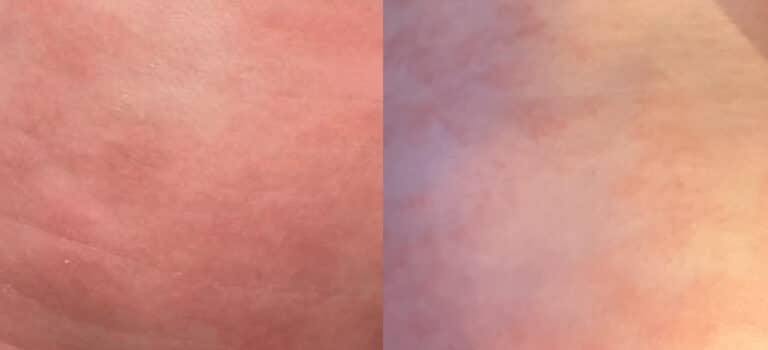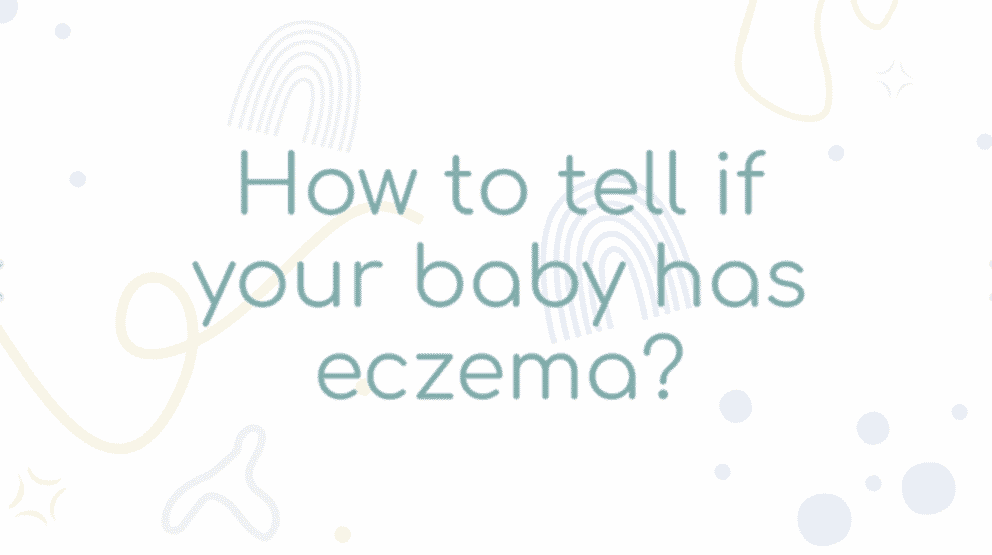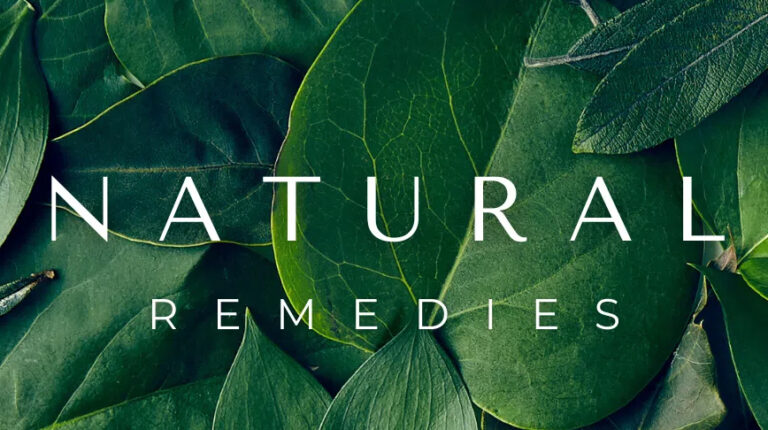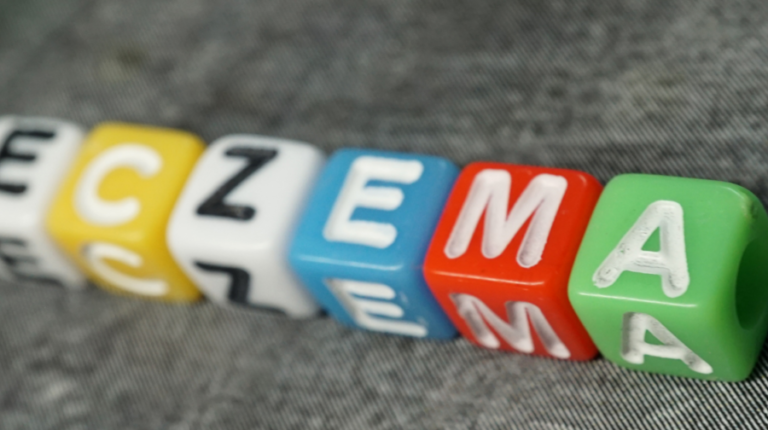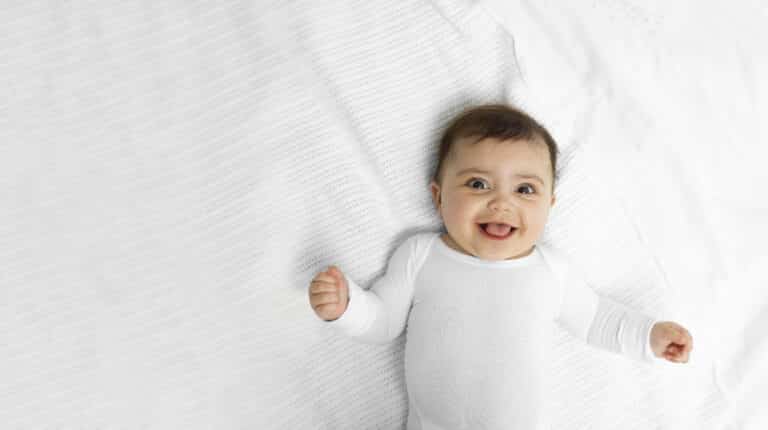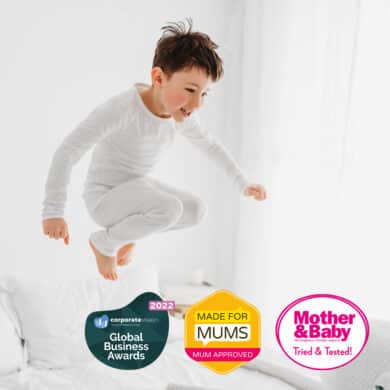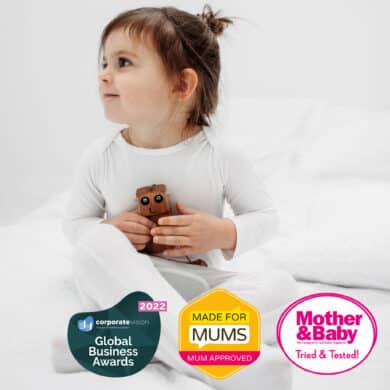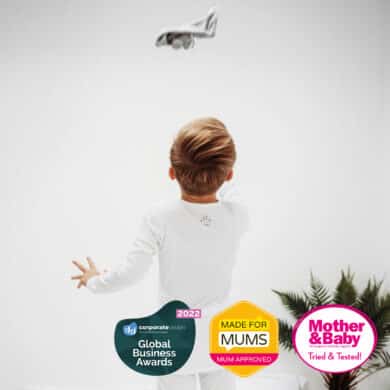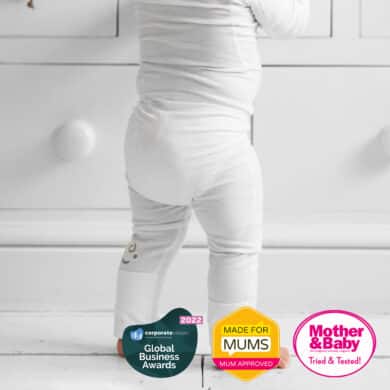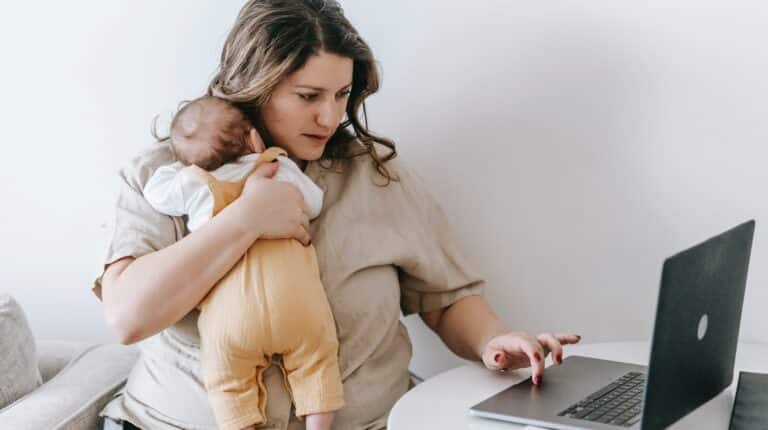
Eczema can start very early in a child’s life, as young as two months old.
It can vary from mild and barely visible to severe and itchy, causing discomfort for babies and stress for parents.
There can be many causes for an itchy rash or dry skin, though, so how can you tell if your baby has eczema or not?
Here’s a quick guide to help you find out what eczema looks like in babies, what causes it, and how to treat it so your baby is comfortable and happy.
Signs of eczema in babies
There’s a good chance your baby has eczema if they have patches of skin that are:
- Dry
- Flaky
- Rough
- Scaly
- Bumpy
- Tender
- Sore
- Itchy
- Cracked
- Crusty
- Leathery
- Oozy
The inflamed skin will look pink or red in babies with a lighter pigment and reddish brown or purplish gray in babies with darker pigment.
It’s likely to be eczema if your baby experiences this condition in certain places on their body and it comes and goes in flare-ups.
It may be more obvious at night, if the itchiness is making your baby too fussy to sleep.
People sometimes confuse eczema with cradle cap, which appears on the scalp and face in babies up to around 8 months old.
This is generally a greasy, yellow, scaly condition which isn’t red or itchy like eczema.
Eczema can appear differently in babies depending on their age:
- 0-6 months: red, flaky, and sometimes weepy patches on the scalp, cheeks, and ears
- 6-12 months: crusty elbows and knees from rubbing while crawling
- 1-2 years: thicker and scalier skin in elbow and knee folds, hands, wrists, and ankles
Older children often experience eczema on hands and in the folds of joints, and sometimes on the neck and face.
Eczema usually starts at a young age and can get better at times and worse at others, when environmental factors trigger it.
If it’s a sudden red rash in a different area than usual, it may just be an allergic reaction to a specific product like soap or detergent rather than recurring eczema.
You can take your baby to a GP if you want an official diagnosis of eczema or to discuss prescription-only treatments.
Eczema symptoms are usually controllable with home treatments, but damaged skin from scratching can put your baby at greater risk of skin infections.
Keep an eye on your baby’s skin and take them to a doctor if the eczema is drastically worsening, such as swelling, blistering, oozing yellow fluid, or causing a fever.
What causes baby eczema?
Eczema is a non-contagious skin condition that happens when your immune system overreacts to things that are usually harmless.
Like hair and eye colour, babies can inherit the allergic tendencies of eczema through genetics.
If a parent or someone in the family has eczema, it increases the chances of children having it.
It’s a fairly common condition – 1 in 5 children have eczema in the UK according to the British Skin Foundation.
Children with eczema are also likely to develop asthma and hayfever and may also have food allergies due to their sensitive immune system.
Eczema can clear up in babies within a few years, but in some cases it can continue into adulthood even if the only symptom is very dry skin.
What causes eczema flare-ups in babies?
Babies with eczema have extremely sensitive skin, so there are lots of things that can trigger a flare-up.
To prevent eczema from getting worse, you should make sure your baby avoids:
- Dry air
- Smoke
- Animal fur
- Pollen and dust
- Extreme heat or cold
- Harsh soaps
- Fragranced products
- Scratchy fabrics
- Tight clothes
- Excessive moisture (e.g. drool and sweat)
- Other people with skin conditions
- Emotional or physical stress
- Food allergens (e.g. milk, eggs, soy, wheat, peanuts)
This also means that people around the baby should avoid these things, too.
How to treat your baby’s eczema
There isn’t a cure for eczema at any age, but there are plenty of treatment options.
The first step is to try and eliminate triggers like the ones above from the baby’s environment.
- Take short baths in lukewarm water to soothe itching
- Minimise skin irritation by patting dry with soft cloths
- Moisturise several times a day with fragrance-free lotion
- Use mild soaps and detergents designed for sensitive skin
- Dress them comfortably in soft loose fabrics
- Give oral antihistamines to help reduce itching
- Keep nails short or use mittens to prevent scratching
- Use emollient or hydrocortisone creams specifically for eczema
- Keep your home cool to prevent sweating
- Avoid sudden dietary changes
Speak to your GP if you think your baby needs something more than over-the-counter products and home treatments for their eczema.
If your baby’s eczema is particularly bad, they might refer you to a dermatologist who can recommend specialist treatments such as immunosuppressant medicines or light therapy
Another option to keep your baby’s skin moisturised and prevent scratching are bandages known as wet wraps, which keep treatment creams on the skin.
A cream free, all day protection answer to eczema in babies
It’s a lot easier to keep your baby’s skin soothed, moisturised, and protected against itching and irritants by using an advanced clothing alternative to wet wraps.
HappySkin® baby clothes are an affordable and effective way of managing your baby’s eczema through the day and night. HappySkin® clothes are coated with a proprietary technology that reverses the effects of eczema and helps to normalise your child’s skin.
They’ll help you and your baby go about your life as normal without fussing over messy ointments and unravelling bandages.
